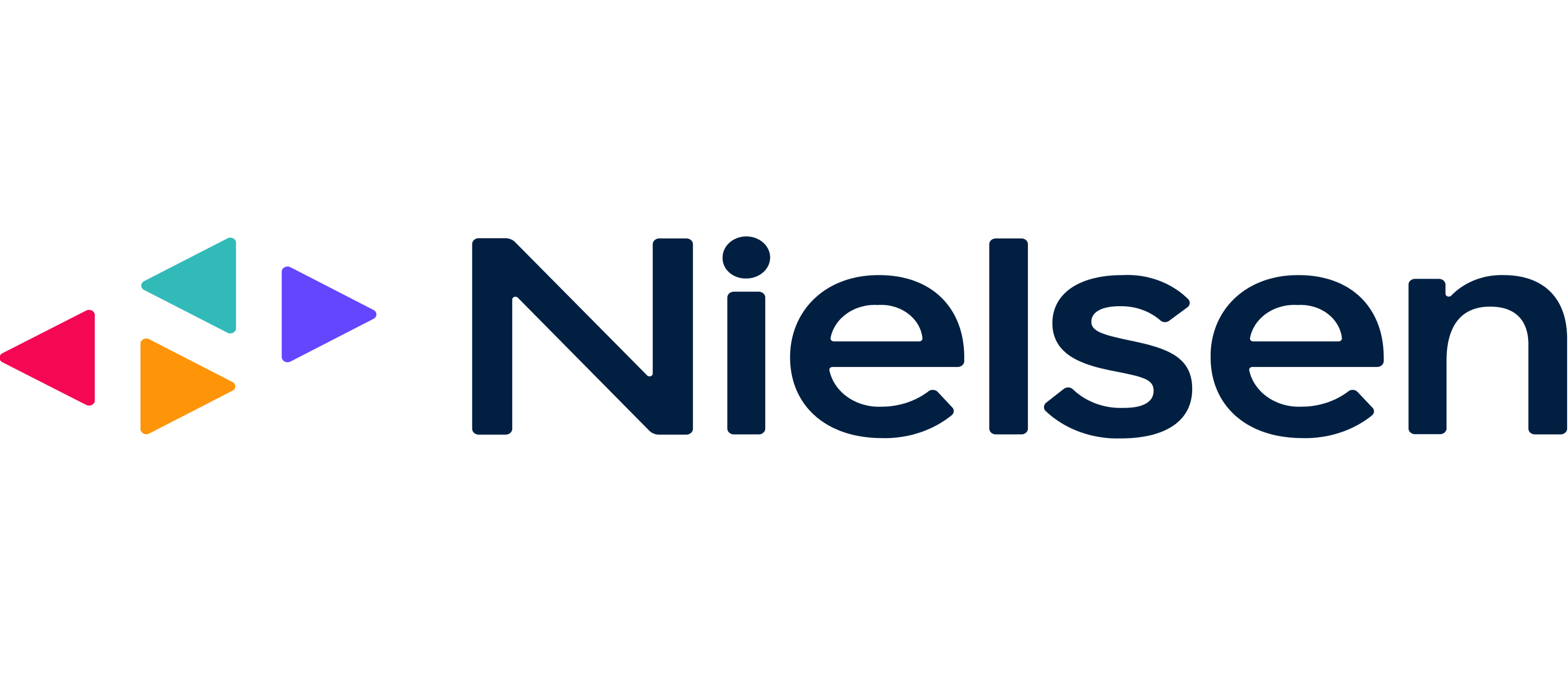Nielsen has been hard at work fleshing out its much-awaited cross-media measurement platform, Nielsen ONE, which is scheduled for release in its final form in 2024.
This week, the company finalized its plan to add big data sets, including second-by-second viewership data and census-level data from third parties, to its measurement currency offering for national TV.
Nielsen first started incorporating more granular viewing data into the Nielsen ONE Ads module in January, although that data was only available for planning, not transacting.
But the TV measurement industry is increasingly demanding the ability to transact on more than just Nielsen panels.
Starting at the end of August, Nielsen clients will be able to choose between using panels only or panels plus additional data as their currency.
But wait a minute. Didn’t advertisers already get to make that choice during this year’s upfront season?
Yes. But that was a trial period.
Nielsen was testing the option before making it publicly available, Chief Data Officer Pete Doe tells me.
Although that wasn’t the original plan.
Nielsen had hoped to offer panels plus big data as the main currency for all upfront negotiations this year, but the timeline ended up being too tight. Advertisers didn’t have enough time to familiarize themselves with the new setup and use the newly available second-by-second viewing data in Nielsen One to do their planning for the upcoming broadcast year.
“Those forecasts are really important for upfront deals, and they take time,” Doe says.
So, Nielsen extended its timeline.
I spoke with Doe to dive into what Nielsen’s latest currency update means for advertisers.
AdExchanger: Why is Nielsen making this update available only for national TV buys?
PETE DOE: For now, Nielsen ONE is a national product. It’s cross-platform in that it includes connected TV, mobile and desktop, but the data that feeds it is national TV data.
Our local measurement product has had more granular viewership data for some local markets for several years. But national and local are separate products because they still have different client bases and different planning teams on the agency side.
What additional data is Nielsen now using for currency?
We have data representing roughly 30 million homes based on automatic content recognition (ACR) data from smart TVs through deals with Roku and Vizio, and satellite viewership data from both Dish and DirecTV.
We also recently renewed a deal with Comcast that will allow us to use its set-top box data for national and local measurement. We’ve already been using Comcast data in some local markets, but that will expand to all markets in 2024.
Does this differ from the data you use for local TV transactions?
It’s similar, but there are slight differences. We’re not currently using smart TV data for local currency because ACR can’t always identify local TV stations. We also have access to set-top box data from Charter to use for local.
What are the results of adding more data to panels?
One result is a very sizable reduction in programs with zero ratings. Sometimes our panels report that a national program had no viewership because the homes included in our panels weren’t watching that program. With big data, that occurs much less frequently.
We’ve also noticed a slight increase in viewership for Spanish-language networks.
Why the increase for Spanish-language networks?
Nielsen has demographic information about the households in our panel: Who lives in the home, how old they are, what languages they speak, etcetera. It’s not the full picture, though.
Experian data provides additional attributes such as household income and ethnicity, which, in this case, helps us more accurately identify whether or not a household is Hispanic. We overlay Experian data onto our viewership and demographic information for a better understanding of who’s actually watching.
We need panels to help fill in the gaps and correct inconsistencies.
How so?
We use our panel to make sure that viewership data looks representative. If it doesn’t, then we weight our audience projections to correct the bias.
For example, TV sets sometimes send return-path data even if the TV is off. And there are some networks that ACR can’t track. Homes with ACR often return data that represents an average of 1.1 devices, but we know that those homes typically have two or three TV sets total.
Point is, neither panels nor big data is perfect.
Are you enjoying this newsletter? Let me know what you think. Hit me up at [email protected].
For more articles featuring Pete Doe, click here.

















